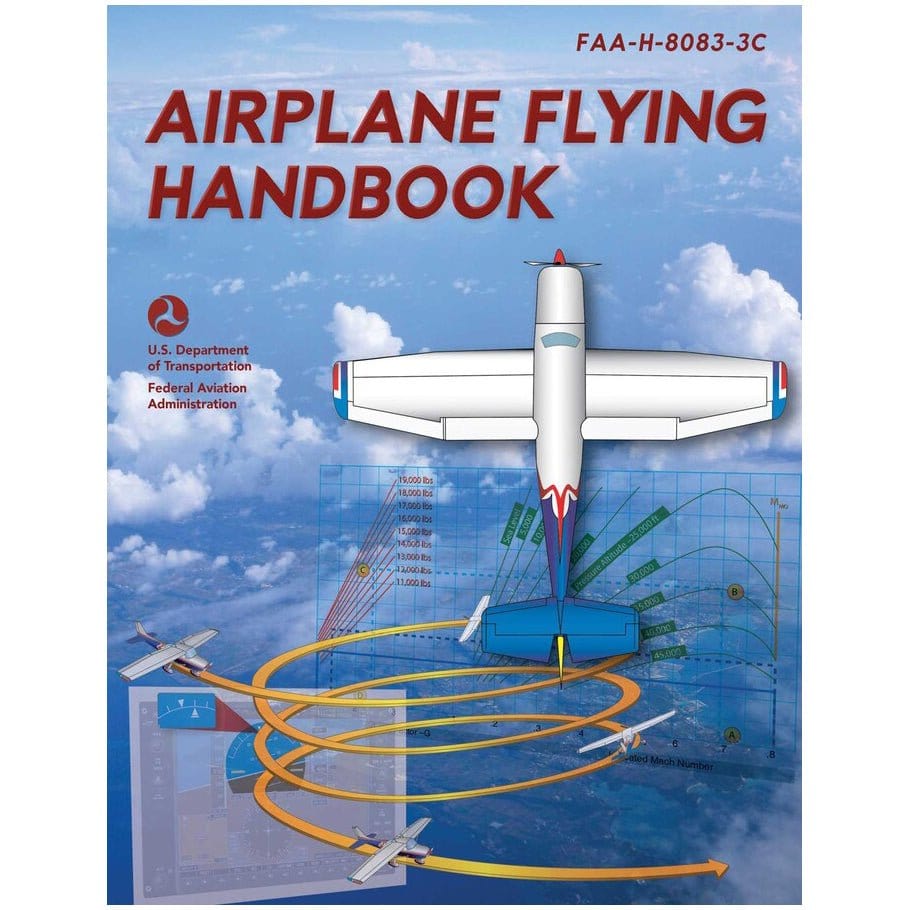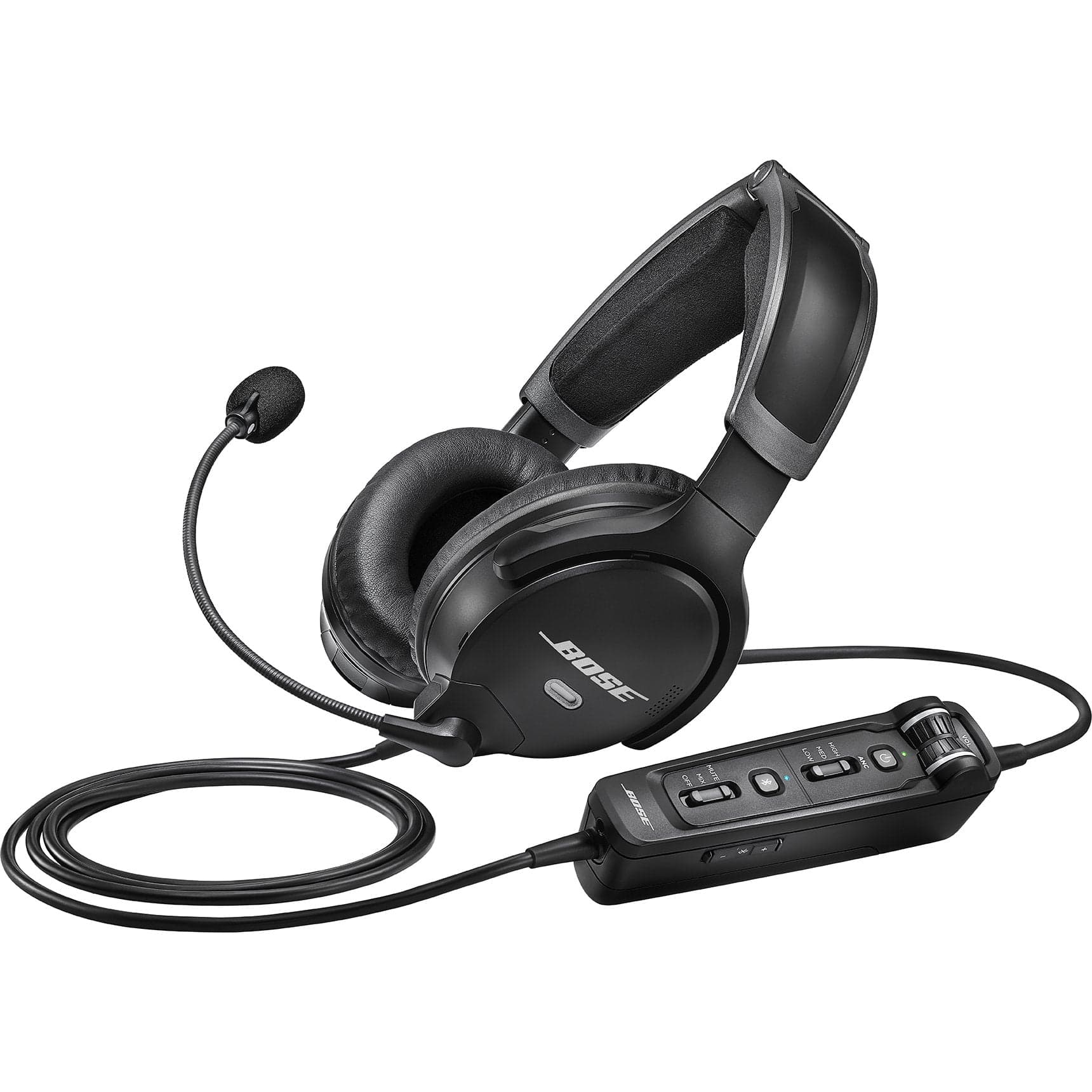In all the excitement and anticipation of sliding into the cockpit of that dream aircraft rental, stop for a moment to make sure that all the paperwork is in order. No, not the preflight check, although that is of course critical too.
When renting an aircraft, one of the important details that can too easily be overlooked is obtaining renter’s insurance otherwise known as non-owned aircraft insurance.
Without carrying the right amount of aircraft renter’s insurance, a pilot is leaving themselves open to the potential for all sorts of problems and liabilities if something goes wrong during the flight.
Thankfully once you know why renter’s insurance is important, how much you need, what it covers, and how to navigate all the new acronyms of the renter’s insurance world, you can quickly get the coverage you need and get on with having fun in your rental.
 Why it is crucial to have aircraft renter’s insurance
Why it is crucial to have aircraft renter’s insurance
As with any other form of insurance – home, vehicle, rental car, health, etc. – aircraft renter’s insurance is designed to provide you a safety net and financial protection in case of accident, injury, or damage.
Flying a rental aircraft without an aircraft renter’s insurance policy in place can be a reckless and dangerous proposition. It leaves you open to hefty levels of unnecessary liability.
Think of it this way: if you were to get into an accident and cause injury to others and/or damage to the rental aircraft, would you want or be able to pay for that amount out of pocket? What about the legal fees if you found yourself in a court battle as a result of the incident? Or the compensation to the owner for loss of use time while the aircraft is non-airworthy?
By taking the time to shop for and secure an insurance policy prior to the flight, the financial repercussions of a potential accident are greatly reduced.
If it isn't your Insurance, you aren't covered
Although there are plenty of myths floating around, pilots should know that all too often if they are renting an aircraft from an FBO or borrowing one from a friend, they are not fully covered and insured even though the aircraft owner may be.
Remember that the FBO’s insurance covers them and their plane, not you. It is up to you to secure your own insurance and to know what it covers.
 What aircraft renter’s insurance covers
What aircraft renter’s insurance covers
At its most basic, renter’s insurance provides liability coverage. Liability coverage covers third-party property damage and bodily injury. With some policies, a component of this coverage includes legal defense costs incurred if you are taken to court.
Note that there may be a specified upper limit to this coverage. Look for a plan that offers unlimited rather than limited defense coverage if you want to ensure all legal costs would be covered.
Liability insurance covers you for injury and damage to others’ property, but not for physical damage to the aircraft you are renting and flying. To add that coverage, you will need what is called hull insurance or physical damage coverage.
With most insurance companies and plans, you will also be presented with some add-on options like coverage for loss of use of the aircraft while it is being repaired or replaced following an incident. In addition, your renter’s insurance policy may cover the deductible of the owner’s insurance policy, but this is not a guarantee.
The deductible could be a steep $5,000, and if the incident is your fault, you will likely be expected to cover it, so check the policy over carefully to make sure you would not be forced to pay out of pocket in the event of a claim.
Finally, if you are a certified flight instructor and are planning to conduct professional activities in the rental aircraft, you will also want to confirm that the policy you are selecting is designed to cover CFIs.
 How much aircraft renter’s insurance do I need?
How much aircraft renter’s insurance do I need?
The amount of insurance you need will depend on several things. The hull value of the aircraft you will be flying is the primary determining factor of your necessary hull insurance coverage level. More expensive aircraft naturally require a correspondingly higher coverage level.
If you are responsible for covering the owner’s deductible, add that amount to your total as well. Finally, when renting an aircraft from an FBO, be sure that whatever coverage level you choose meets their required minimums (if any).
The liability coverage portion of your insurance depends more on your personal risk assessment and comfort level. The standard limits for liability coverage are often $1 million/$100,000, although you can choose higher or lower thresholds. Consider what personal assets you may need to protect in the event of a lawsuit as well as how much risk you are comfortable with.
Examine the Policy Carefully
Be forewarned that although some FBOs offer renter’s insurance, you should watch out for plans that simply help to cover the cost of the FBO’s deductible but do not provide hull or liability insurance for the pilot.
If you are only covered by this limited type of plan, or if you choose to forego coverage completely thinking that you are covered under the FBO policy, that could end poorly. The FBO’s insurance company could choose to subrogate or make a claim against you personally since you are the third party responsible for the damage.
 What factors affect the cost of aircraft renter’s insurance?
What factors affect the cost of aircraft renter’s insurance?
When comparing insurance quotes, pilots should realize that in addition to the coverage level, the price they are being quoted is based on multiple factors like aircraft condition, aircraft age, aircraft type, and the pilot’s experience level.
Adjusting some of these factors that are within your control can significantly impact the final cost of the policy as can asking about discounts that you may qualify for.
Aircraft condition
Before you choose your rental aircraft, realize that one of the biggest determining factors of the price of your renter’s insurance will be the condition of the rental aircraft. Your rates will be higher for planes that are in poor condition because the increased statistical chances of failure.
Aircraft age
In general, rates for older aircraft are higher than for newer aircraft. If you are flexible with your aircraft choice, weigh the cost savings of renting a less expensive older aircraft with the higher insurance rates for that older craft. It may make sense to choose a newer rental whose higher rental cost is offset by the less expensive insurance rate.
Aircraft type
Rates will vary based on the type or types of aircraft being flown. Potential insurers will want to know if you will be operating a single-engine, multi-engine, glider, or rotorcraft.
Pilot’s experience level
Just as more inexperienced drivers pay higher rates for rental car insurance than drivers with a more extensive safety record and driving history, the same is true with aircraft. A student pilot should expect to receive a higher quote for the same aircraft than a pilot with twenty years of safe flying history.
Discounts
With some insurance companies, discounts are given for proven proficiency, so that is something worth asking about. Another source for potential discounts is your membership with an organization like AOPA.
Speaking the language of aircraft renter’s insurance
Once you start researching your renter’s insurance options, you will quickly realize that there are some new acronyms you are unfamiliar with. Proactively alleviate some of the confusion by learning the most common acronyms in advance.
PNO
PNO stands for personal non-owned aircraft insurance. It is simply another name for aircraft renter’s insurance that is being obtained for you as a private party rather than a business.
COI
A COI is a certificate of insurance. Your COI serves as proof of your insurance coverage and it includes a summary of the coverage that is included in your policy. Read the COI to get answers to questions like, “Is legal defense cost coverage included and is there a cap on that coverage?” as well as “Is the owner’s deductible covered?”
FBO
You are probably already familiar with this one, but FBO stands for fixed-base operator. An FBO is an on-site business that has been authorized by the airport to operate and provide services including aircraft rentals, fueling, hangaring, aircraft maintenance, and flight instruction.
As a renter, you may be renting your aircraft from an FBO. While you can and should shop around for insurance coverage, the FBO may offer a policy for you to consider amongst your other options.

-
What plane can I fly under my renter’s insurance policy?
Your insurance covers the type of aircraft that you specify in your insurance application (I.E., single-engine land, multi-engine land, rotorwing, and sea plane)
-
What does airplane renters insurance cover?
This form of insurance is liability coverage and it covers bodily injury and property damage up to the amount you specify in your application. It's best to make sure your insurance covers the cost/value of the aircraft you intend to rent.
-
How much is airplane renters insurance?
The amount varies depending on how much coverage you need and if you are a member of any organizations such as AOPA. It can be as low as $81 or as high as $1,900+.
 Takeaways
Takeaways
Obtaining a non-owned aircraft insurance policy is one of the important pre-flight tasks of a responsible rental pilot. The right insurance policy will provide safety and protection from financial costs incurred as a result of an accident.
Before committing to a policy, compare several options and confirm that the policy you are choosing has the coverage levels you need. Knowing what the policy would pay out ahead of time can offer the peace of mind that lets you simply enjoy the moment while flying your rental aircraft.
Want to learn about different aircraft?
Now that you know more about pilot renters insurance, check out these guides covering the various types of aircraft you can fly.
Did you find this article helpful?
Do you think we missed anything important? Let us know in the comments below!







